Level 3 electric vehicle charging is referred to as DCFC or fast-charging stations. This type of charging is done mostly in public locations and is the quickest form of charging your electric vehicle you will find. It uses 480 Volts and a direct-current (DC) plug. While your level one and two charging options are using AC power, the level three options use DC power converted from AC.
Pro Tip: Know the ability of your vehicle as some vehicles cannot charge at fast-charge stations, like the Chevrolet Bolt plug-in hybrid and the Chevrolet Volt.
If you visit our previous post about the 80% rule and charging limits, you will find your vehicle's battery will last longer and perform better if regularly charged to 80% of its maximum ability. If your battery is not below 80% using a Level 3 or fast charger will not benefit you as its charge time slows greatly when you reach 80% full.

Aside from the Tesla Supercharger, the two most commonly seen Level 3 charging connectors are CHADeMO and SAE Combo. Tesla Superchargers are only compatible with a Tesla vehicle. You can charge all-electric vehicles using an adapter if you are charging with Level 2 power options. However, you may not have a level two outlet at home, you might be out somewhere and not able to use your home level two charger, or you just want a quick charge while you shop or eat at a restaurant.
Level 3 chargers are much faster and allow you to charge your battery up to 80% in under 30 minutes.
Somethings to know if you are purchasing a used vehicle are the Tesla electric vehicle can charge at 120kw but some of their early Model S vehicles could only charge at 90-100 kW. The vehicle's battery packs were labeled A and B rated cars. You can find which rating your vehicle is by checking behind the front wheel of your car. (The image below has been modified to remove serial numbers but you can still notice the B at the end of the number.)

You can find Level 3 chargers in public areas like shopping malls. Charging stations are also located in some residential areas, employers may have them as they can benefit from installing them for their employees, along with other commercial locations.
If you are looking for CHADeMO and/or SAE compatible fast charging locations around the United States check out the EVgo charging locations map as a reference. For Tesla Supercharger locations you can use the North American Supercharger Location Map.

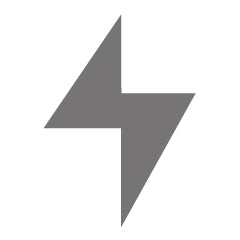

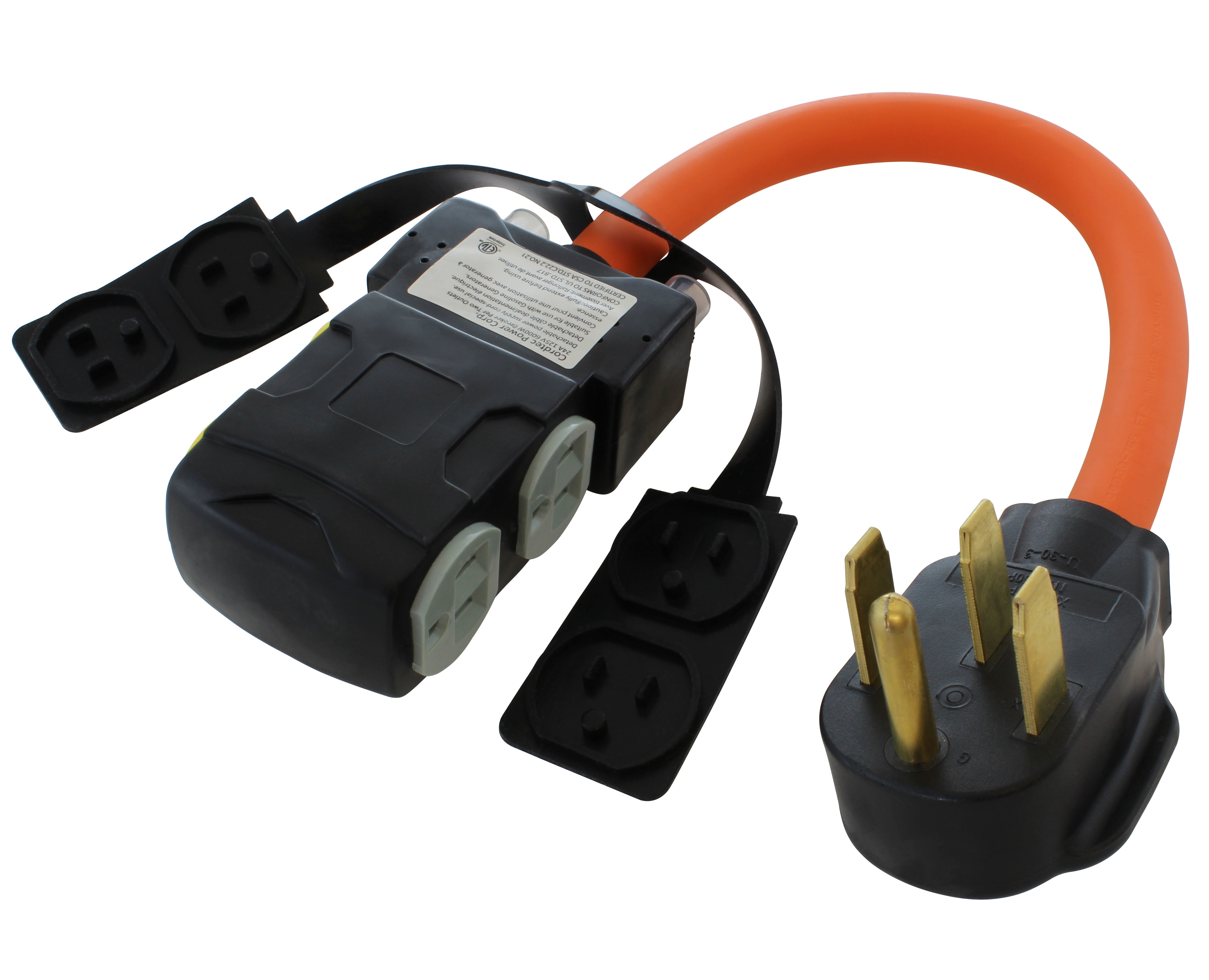
![AC WORKS® [ASINSS2PBX-G] 50A Locking 4-Wire CS6375/ SS2-50 Heavy-Duty Transfer Switch Inlet Box](http://acworks.com/cdn/shop/files/ASINSS2PBX-0_0206b362-7c90-42a5-8754-0685c13dab7e.jpg?v=1758051675&width=2500)

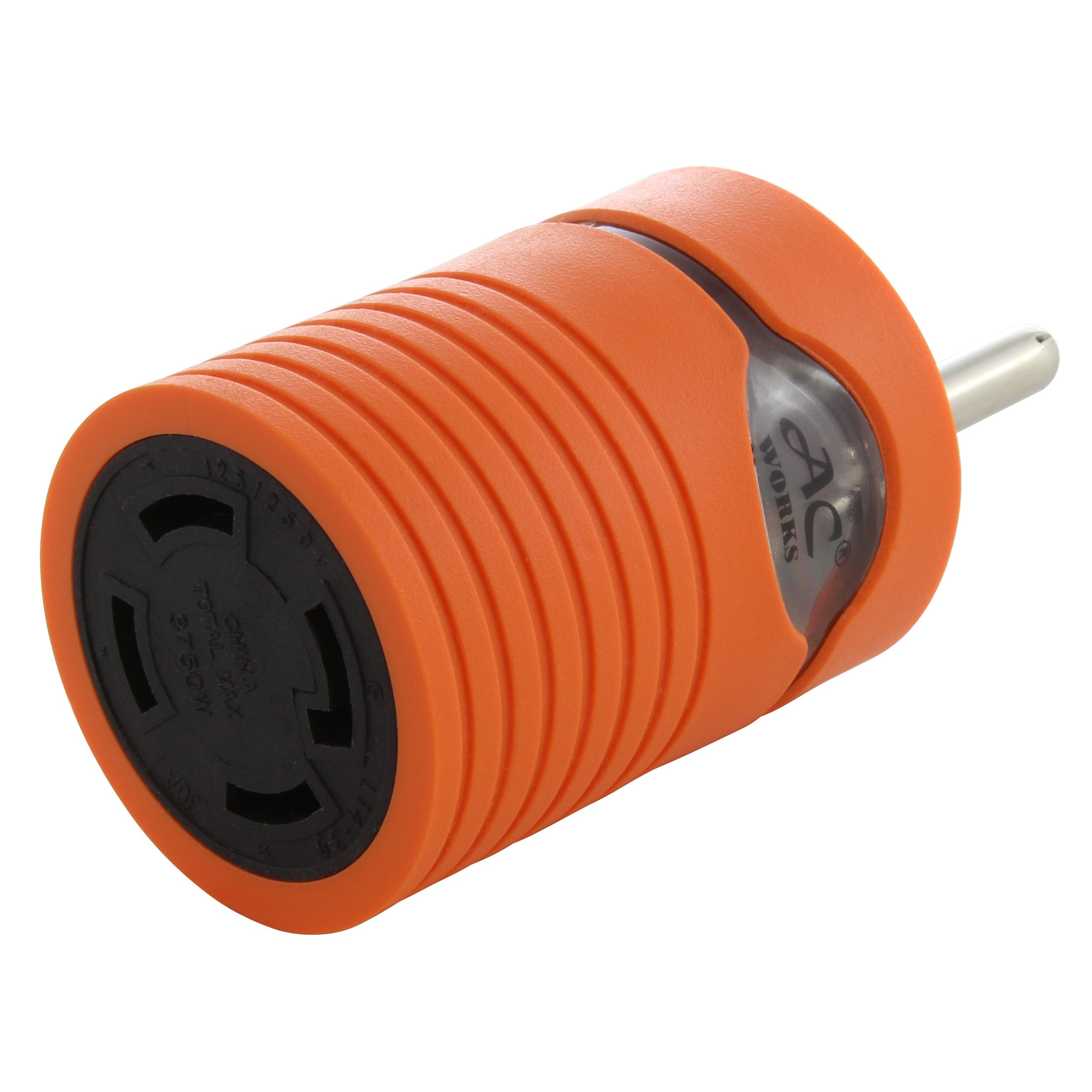
![AC WORKS® [S1430CBF520] 1.5FT 14-30P 4-Prong Dryer Plug to (4) Household Outlets with 24A Breaker](http://acworks.com/cdn/shop/products/S1430CBF520.jpg?v=1666103519&width=4656)
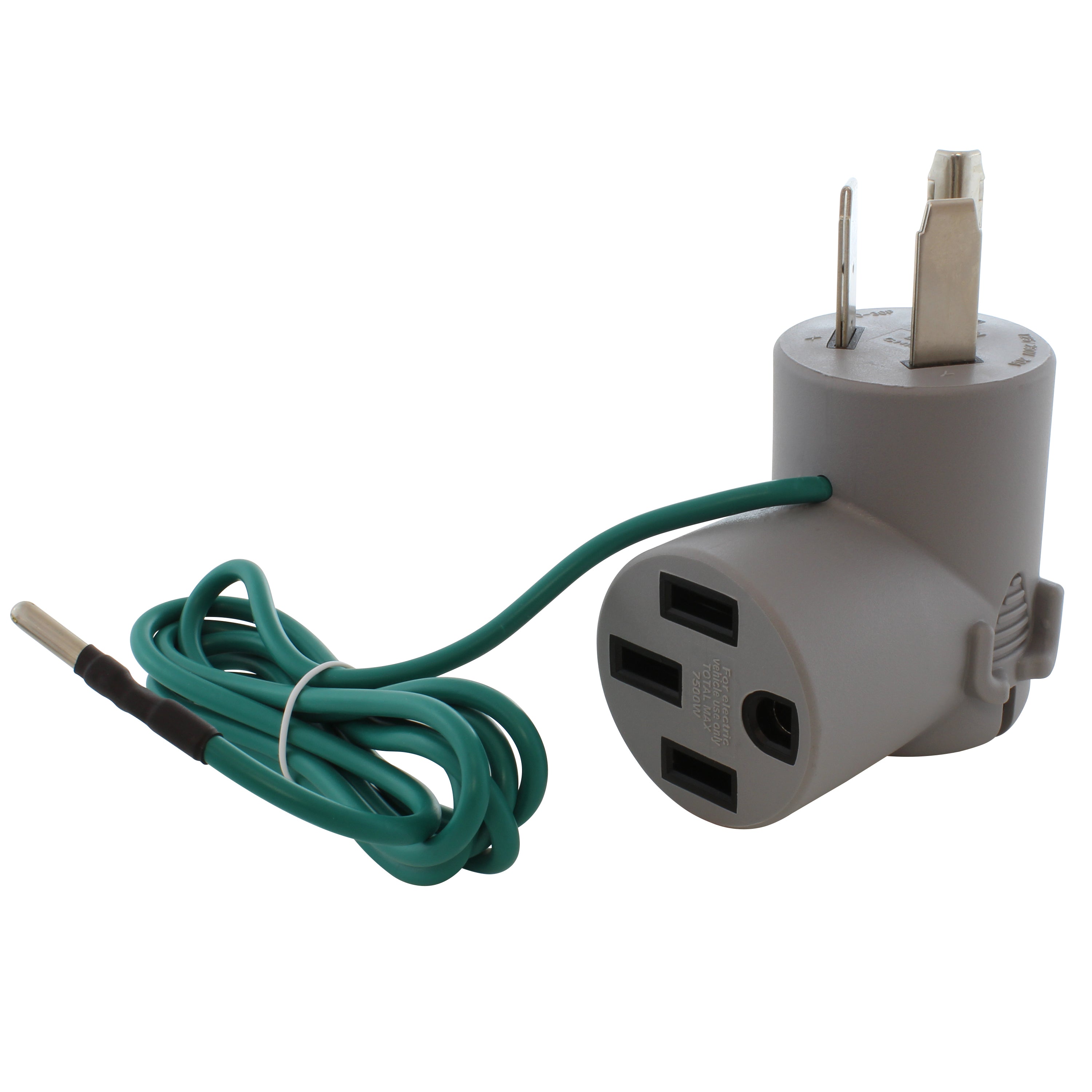
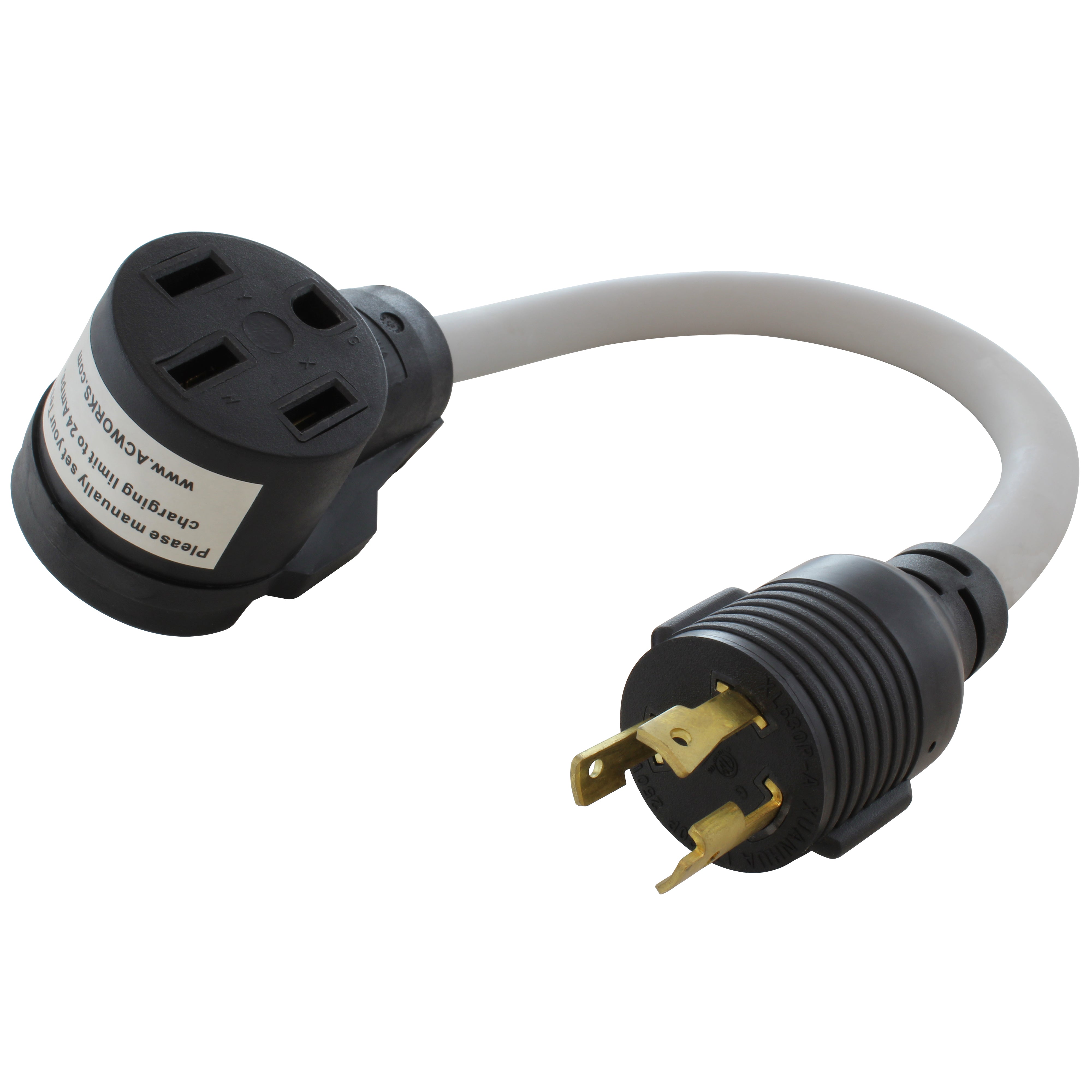
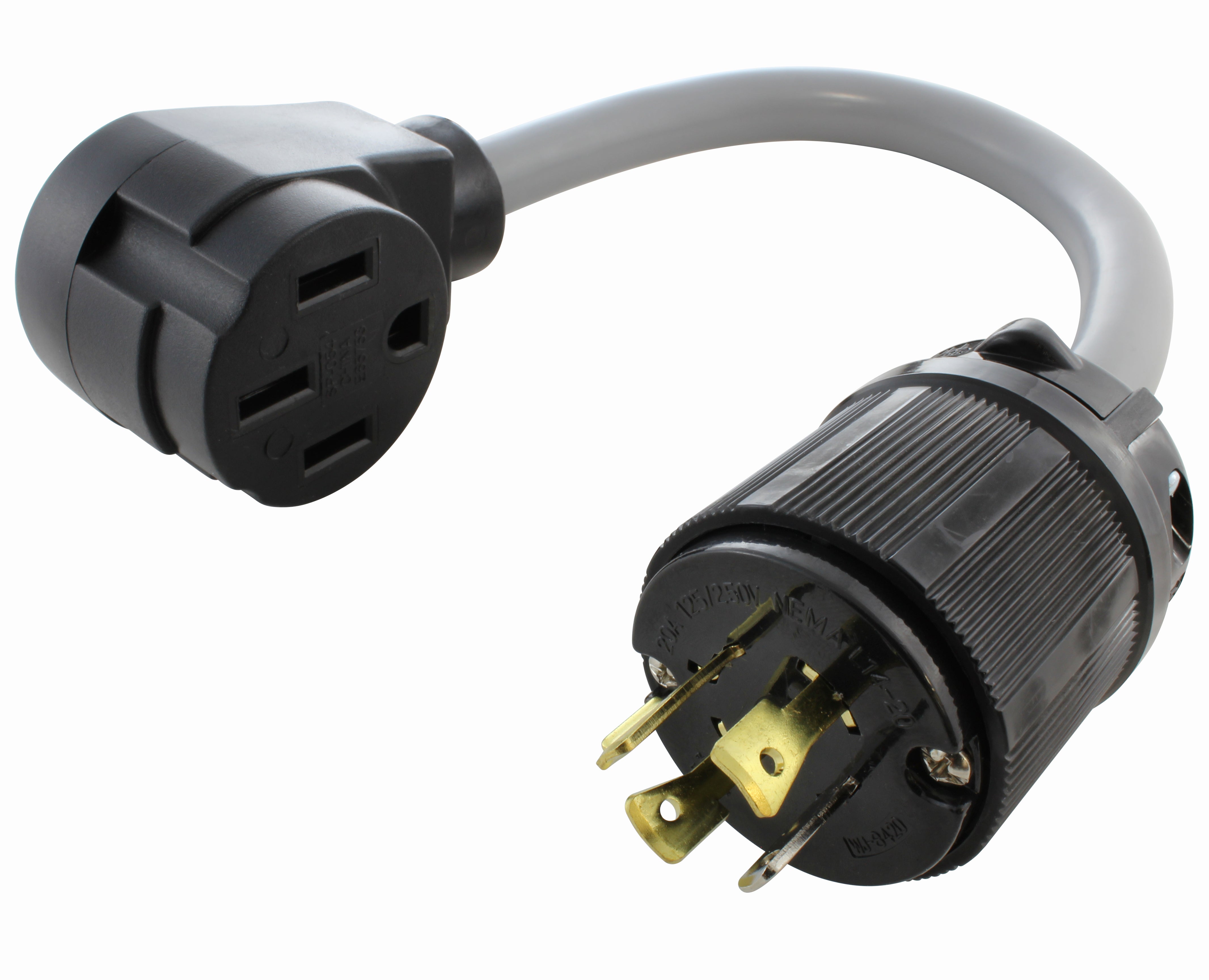

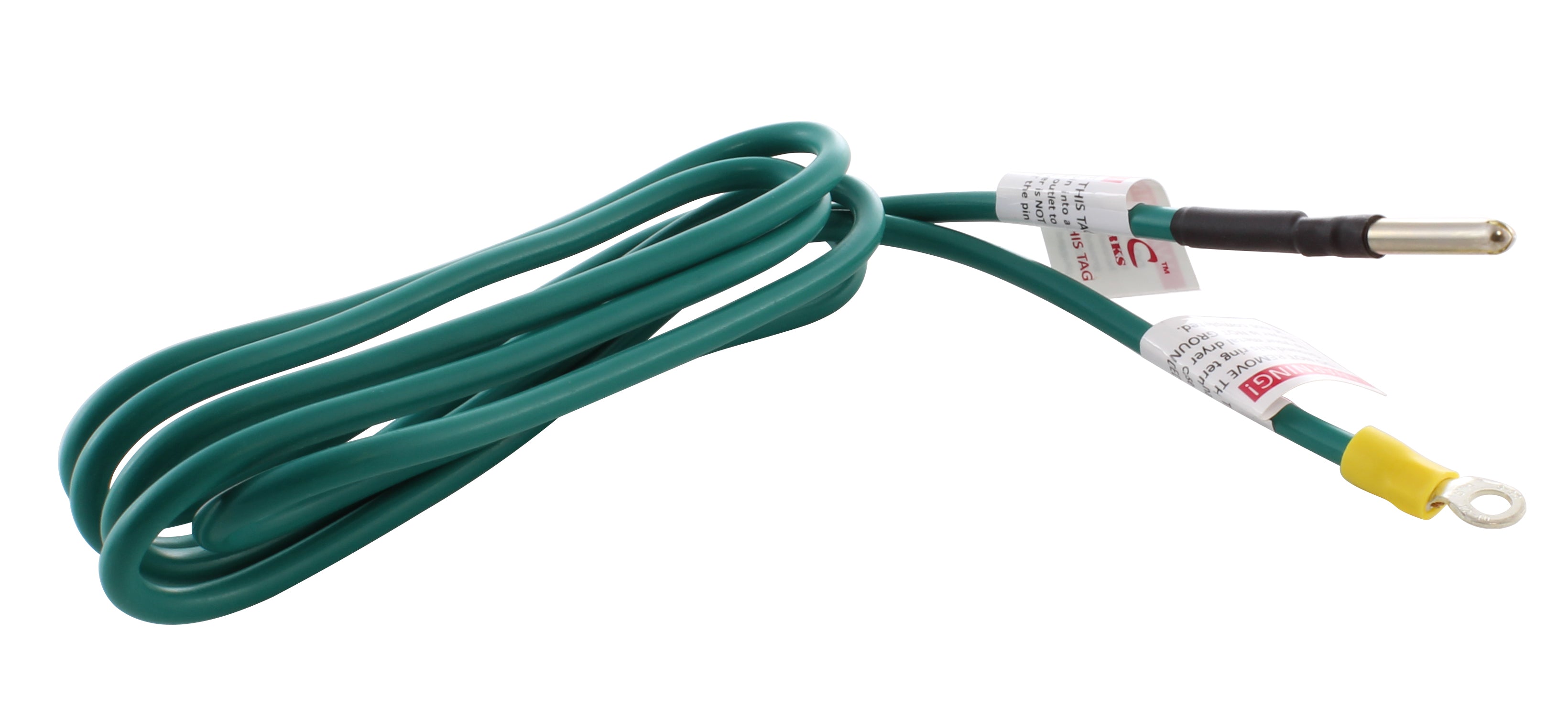

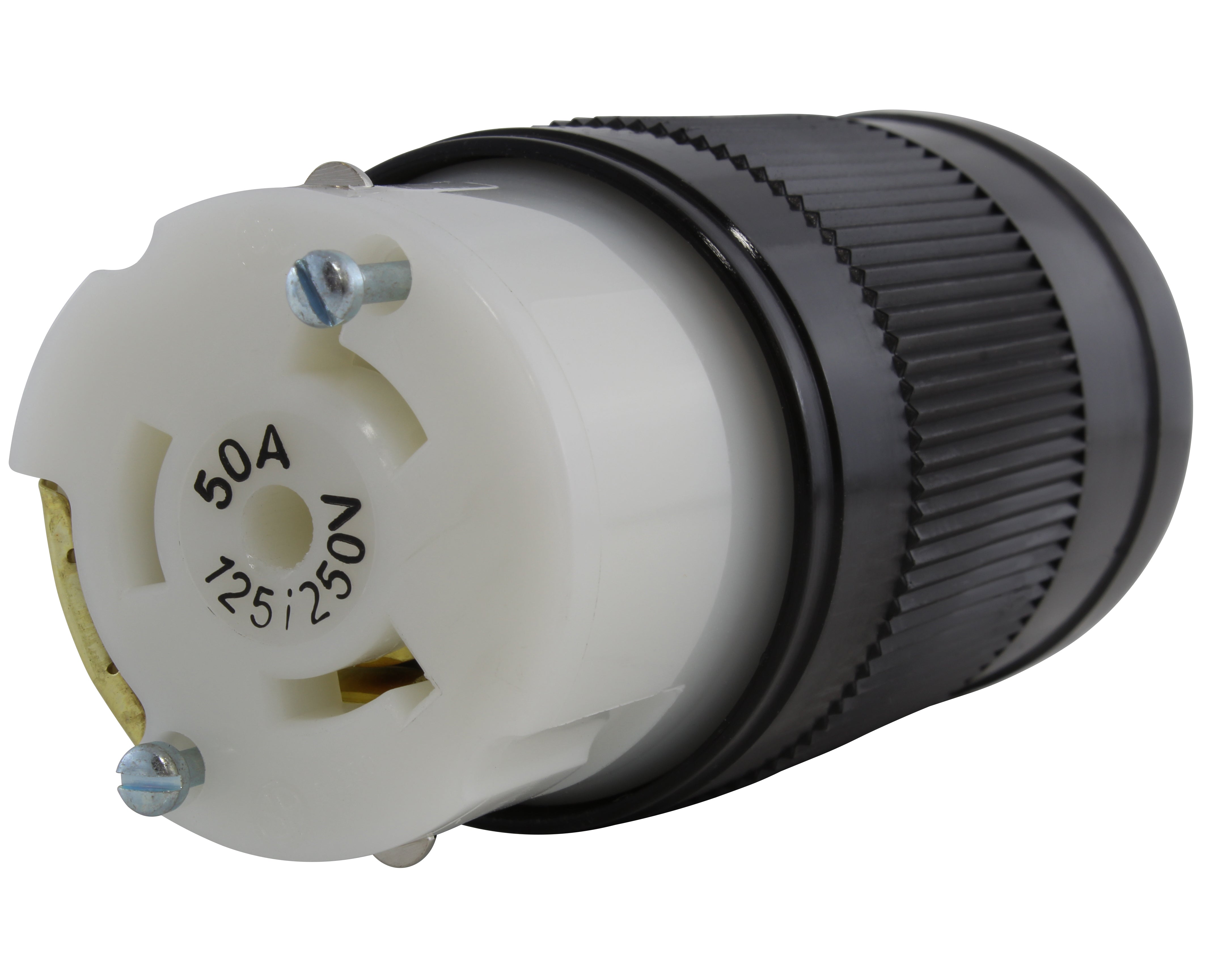

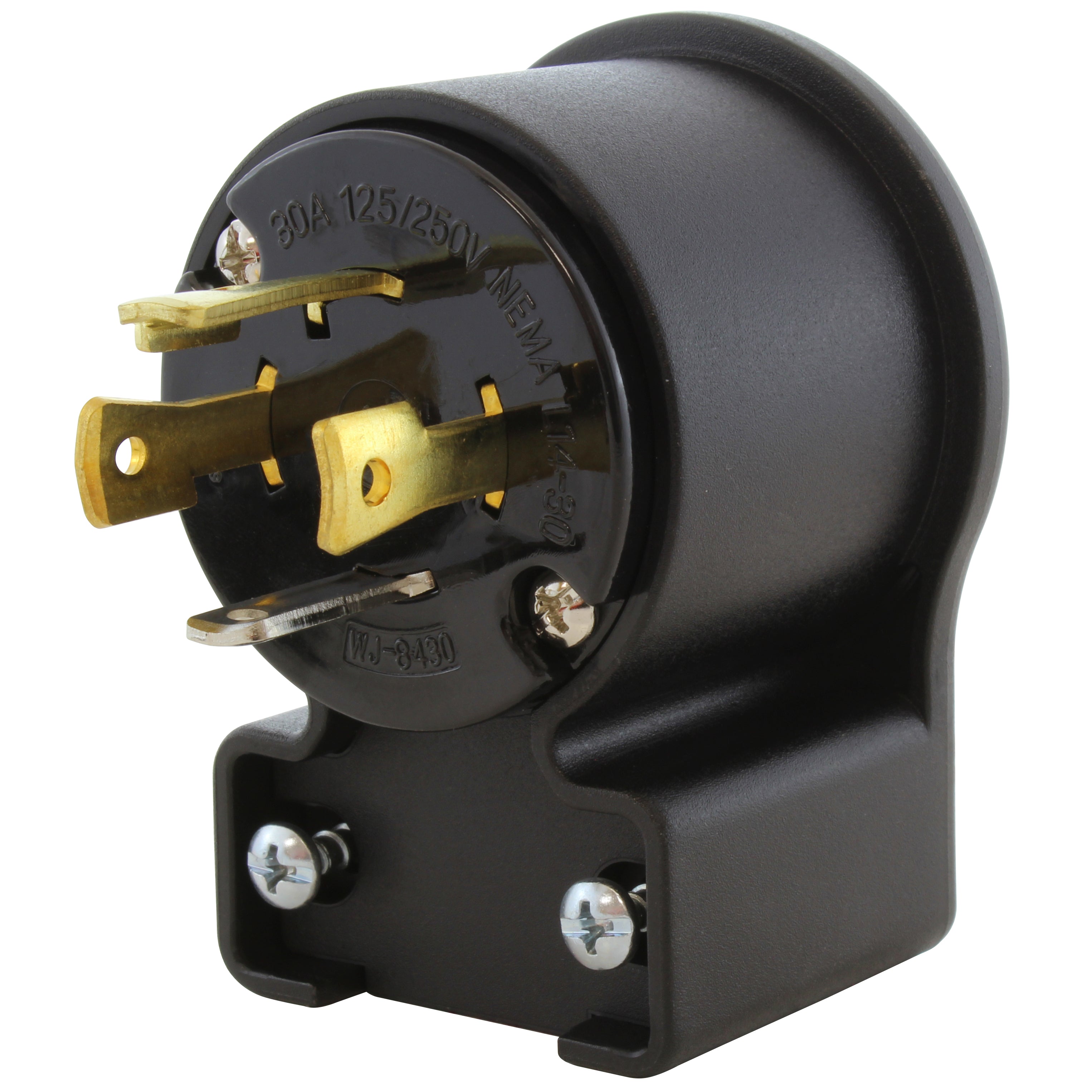
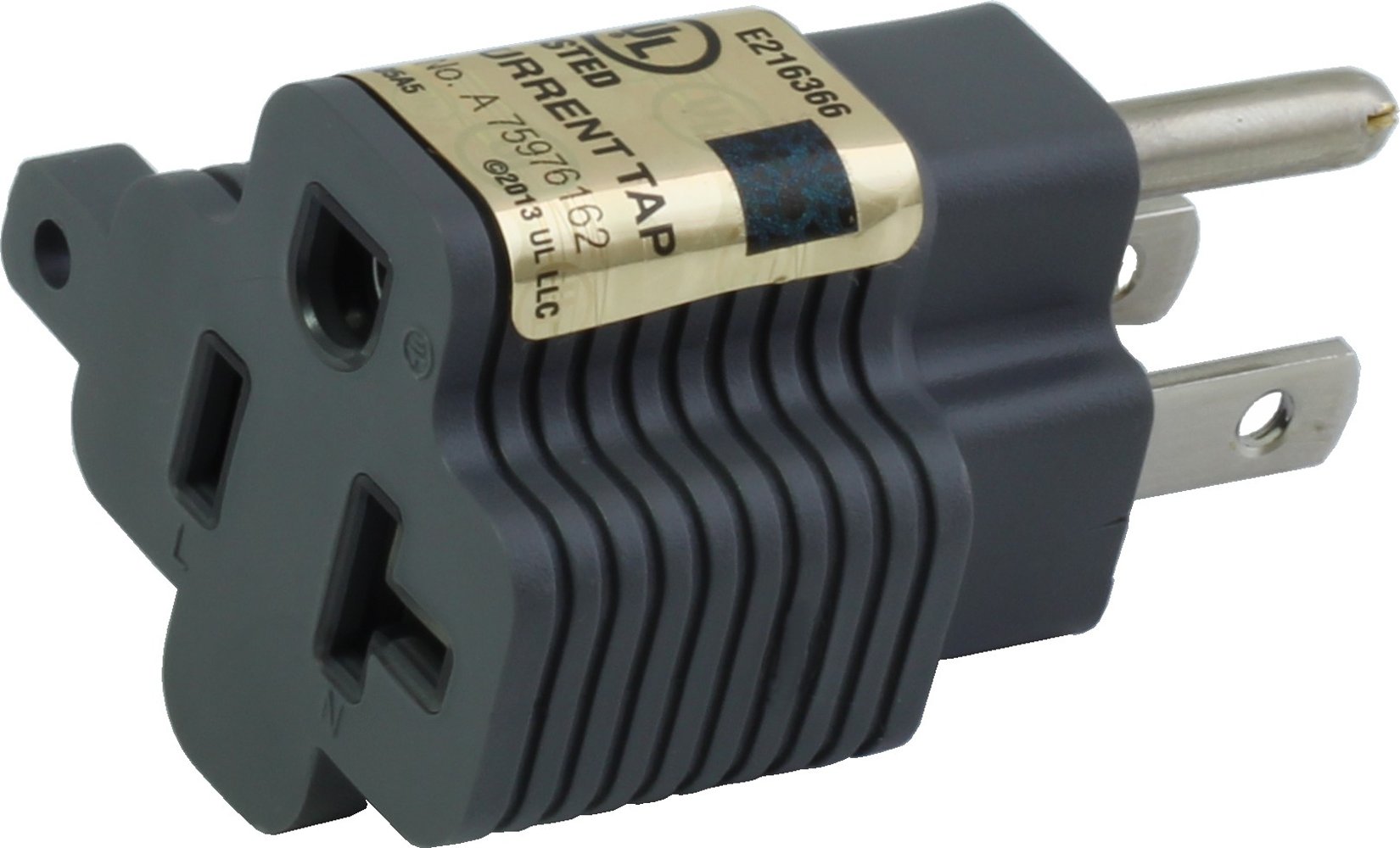
![AC WORKS® [ADV104] 3-Prong Heavy-Duty V-DUO Household Outlet Adapter](http://acworks.com/cdn/shop/products/ADV104-0.jpg?v=1605738768&width=3128)
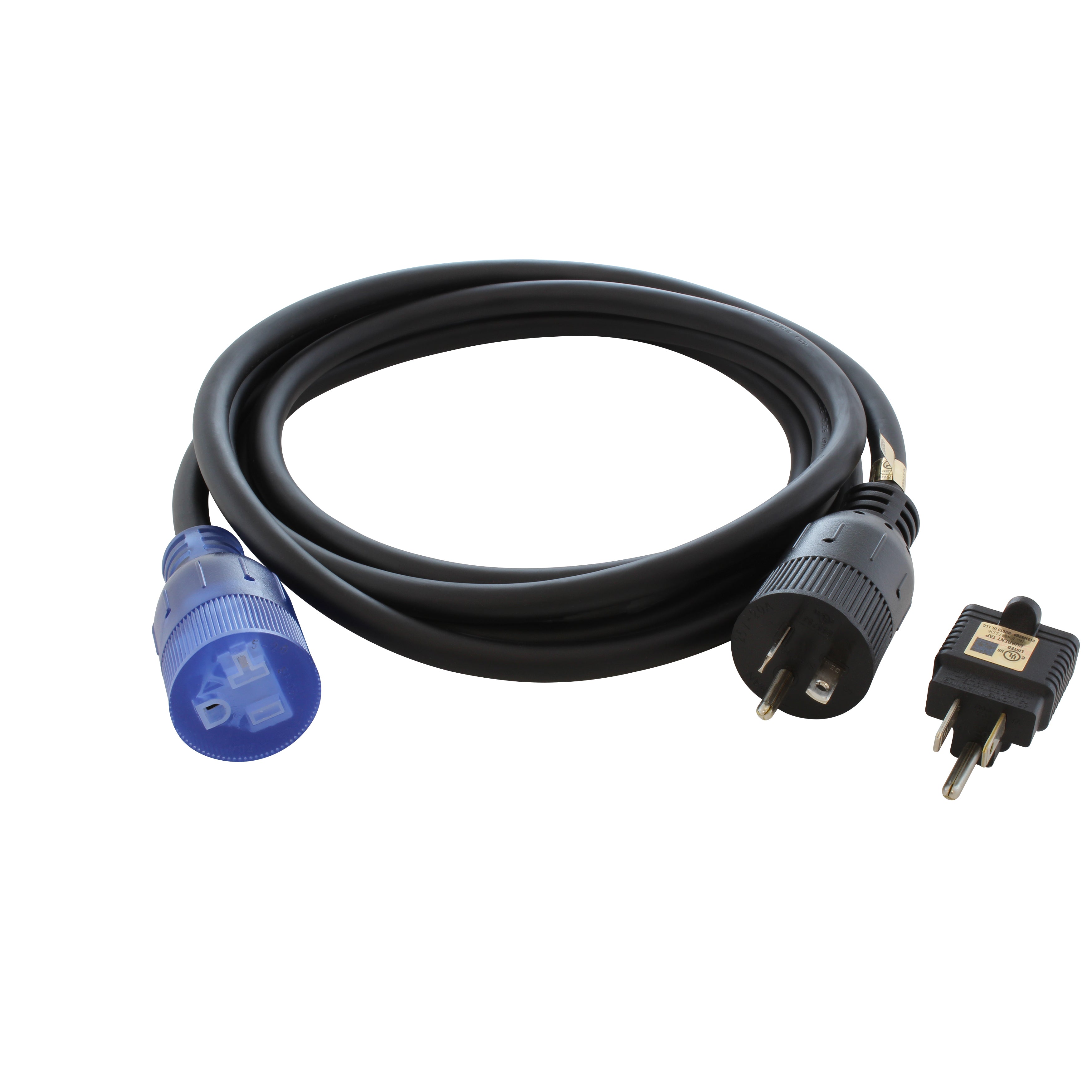
![AC WORKS® [XH515520] 15A to 15/20A 125 Volt Plug Adapter with ETL Safety Approval](http://acworks.com/cdn/shop/files/XH515520-0_daea425a-f439-48df-bb75-052167057f12.jpg?v=1729091519&width=2500)
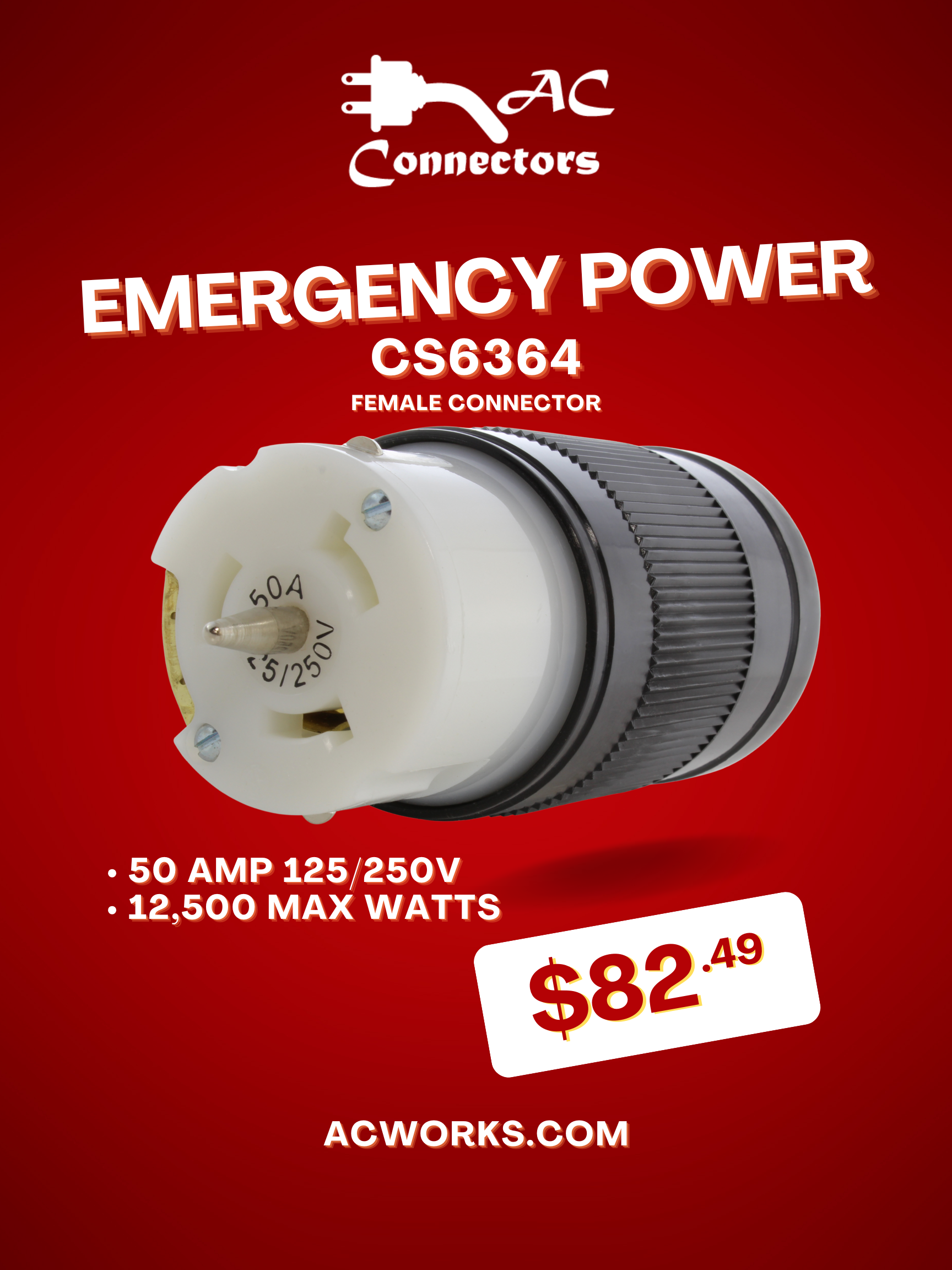


Share:
Level Two Electric Vehicle Charging
Why Generators Have Locking Outlets